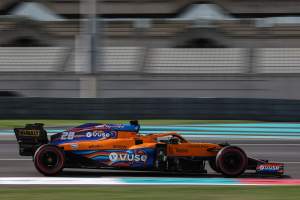Pato O’Ward is good at being passionate about things.
See, for example, his description of his McLaren Formula 1 test last December: “Wow, these cars are ridiculous. I was expecting crazy and insane and this is crazy and insane times 10.”
See also his racecraft at restarts and in situations where he can take a tyre warm-up advantage, such as that fifth to first in five laps charge that earned him a late Detroit victory in 2021. That was some passionate driving.
But when The Race’s Scott Mitchell first sat down with O’Ward at F1’s Mexican Grand Prix last year, the passion flowing from the Arrow McLaren SP driver was a passionate conviction that IndyCar is painfully underrated by the wider world.
With the 2022 season kicking off in St Petersburg today and practice and qualifying having already thrown up an array of surprises that set up a fascinating race, it’s worth revisiting O’Ward’s glorious rant.
Lack of respect for IndyCar “really sucks”
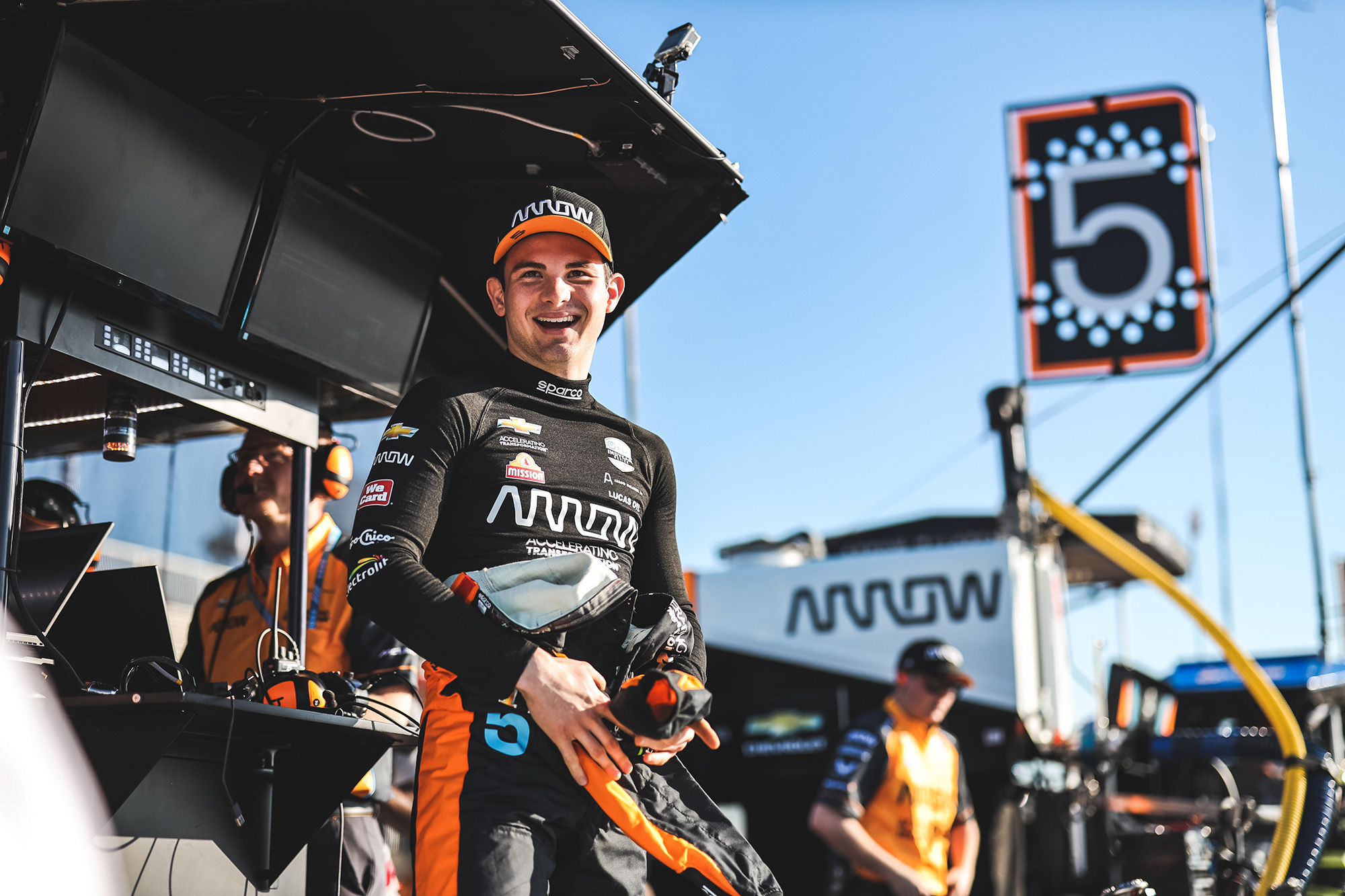
“The series is growing. But it’s not growing at the pace that it should, and it doesn’t get the respect that it should – not even close,” O’Ward began as he started his chat with The Race.
“The fight between me and [Alex] Palou was huge, a great fight, two young guys, Spanish and Mexican and all the Latin and like, oh my God, if that was happening in Formula 1, even people that have no idea what Formula 1 is would realise about it and know about it.
“And we both expressed our opinions where we’re like: it just sucks. It really sucks that we don’t get the respect that we feel like we should get.
“We get that we won’t be as big as Formula 1 right now. Because Formula 1 is global. We have a market in America.
“A lot of people don’t understand and don’t really get it in a way. McLaren bring a certain prestige to anywhere they are at. And I feel like that’s elevated IndyCar and that’s brought a lot of eyes, specifically like UK based.
“But I feel like you go anywhere else in Europe, and it’s like what? I mean, man, I’ve been in America, and they’re like, ‘oh, yeah, who do you drive for?’ Sometimes they know the face. And they’re like, ‘where do you drive?’ And it’s like ‘IndyCar – what is that?’
Hotel Valet: Are you here for the race?
Me: Yes!
Hotel Valet: Oh nice, my boss wants the arrow driver to win! (Pointing at my shirt)
Me: OMG im cheering for him too!!🤣@GPSTPETE || @ArrowMcLarenSP— Pato O'Ward (@PatricioOWard) February 24, 2022
“The series has everything to be successful. And I think it has massive potential, specifically lately.
“There is not one championship as competitive as IndyCar in the world.
“I feel like in Formula 1, there’s a lot of emphasis on what car you’re in. And I feel like in IndyCar, there are certain times where you can actually do something really good with a car that’s not up to pace with the top teams like Penske, Ganassi, Andretti.
“Like where we are now, we don’t have a bad car, but we don’t have the best car. But we’ve won races, we’ve challenged for poles.
“And I feel like we’re able to extract a little bit extra of what we have as tools to fight and take it to the big guns. And I feel like in F1 it’s a bit harder for that. Because I feel like from first to last, there is such a massive range of just lap time and pace.
“But in IndyCar, there’s a few qualifying sessions where I look and it’s like, what the heck – I mean, 20 cars in less than a second. And then you see like the top six, I remember qualifying in Indy road course, the top six were within 0.05. Like, what?!
“To me, it’s awesome. It’s phenomenal. And it’s so tough.
“Since I have the eyes of being in the car, I feel like it’d be really cool for people to just see it a bit more because I feel like they’d love it.”
That stream of consciousness from a rising star and championship contender will feel reassuringly familiar to many IndyCar fans who over the years have had similar arguments with F1-focused friends and family (it took me right back to 1996/97 and being an angry sixth-former arguing to disinterested friends that CART IndyCar was the pinnacle of international sporting entertainment).
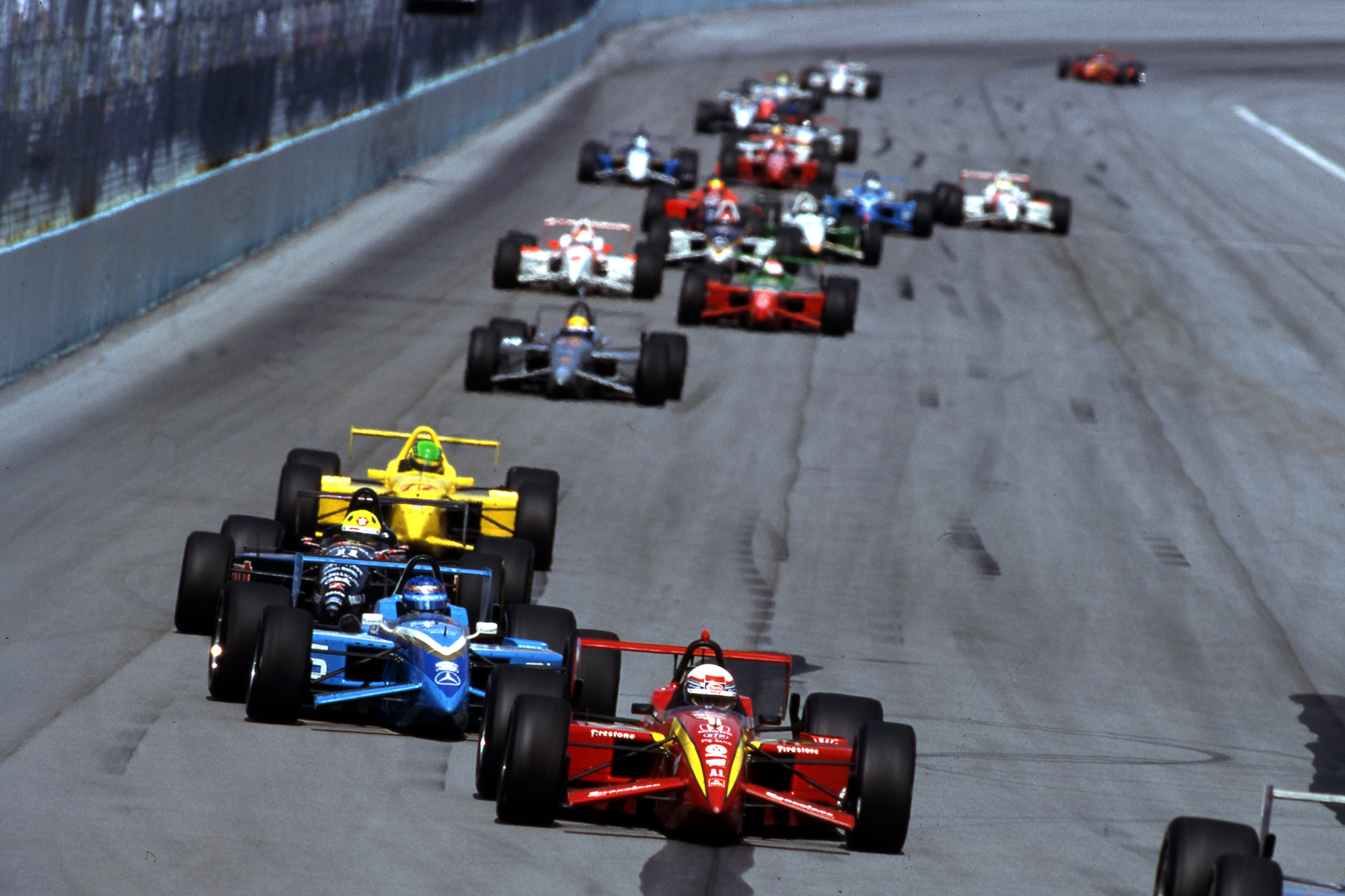
O’Ward’s right to acknowledge that F1’s sheer global presence and how long-established this is gives it an advantage that even IndyCar’s incredibly close competition (22 cars within 0.8 seconds in qualifying for the St Petersburg season-opener this weekend) can’t touch.
Another factor that is perhaps less of a profile obstacle these days than in CART’s heyday is the perception of the drivers.
I was used to my fervent exhortations for CART being met by scepticism because its stars hadn’t achieved much in F1 or had looked incapable of even getting near it when in European junior racing.
And no, top modern IndyCar names like O’Ward, Palou, Colton Herta and Josef Newgarden didn’t look like they were on Max Verstappen/Charles Leclerc level talent trajectories when on the European single-seater ladder. And yes, Romain Grosjean and Marcus Ericsson are far closer to the front in IndyCar than they were in F1 (at least since Lotus’s heyday in Grosjean’s case).
But that certainly doesn’t make the IndyCar field ‘bad’. It just means the ultra-elite top tier handful of drivers are in F1 – as you would logically expect. IndyCar’s very best are still worthy of F1 seats, they might just not be world champion material in this era of multiple extraordinary F1 talents overlapping.
Everything that’s arguably ‘weaker’ about IndyCar helps to make it brilliant. A very slightly rougher round the edges field with a much wider variety of career backgrounds (hello Scott McLaughlin and Jimmie Johnson), ferociously hard to drive cars, circuits with far less room for error than most modern F1 tracks.
That doesn’t make it a lower-quality shambles. Far from it. It just creates scope for more incident and improvisation. And means you can never be sure that the lead battle at the start of an IndyCar race will bear any relation to the victory battle at the finish. Only four of 16 races last year were won by the polesitter.
The oval factor
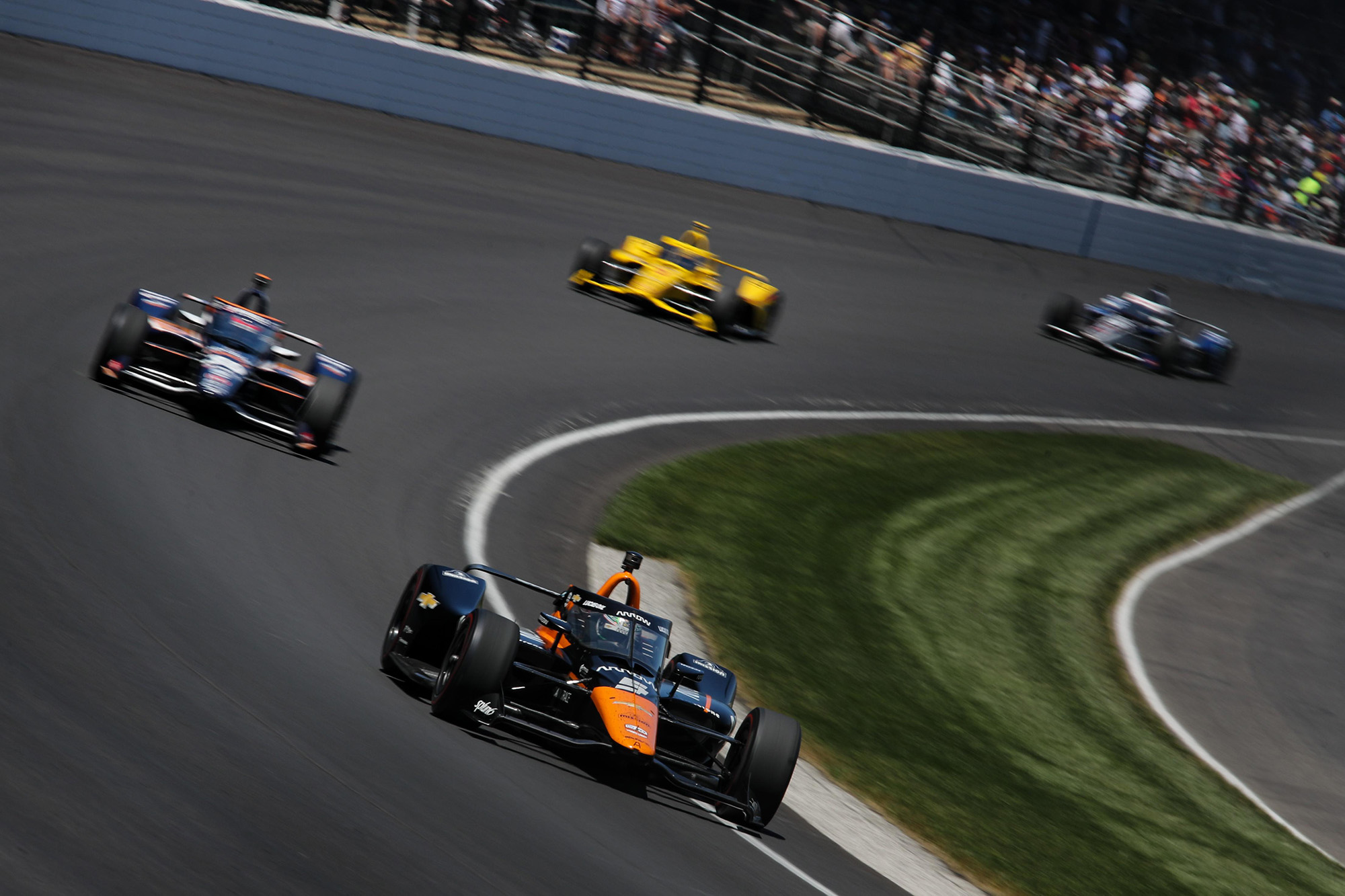
“I’ve run into a lot of people that usually say ‘Formula 1, I only watch Formula 1 or I only do this’ and then I’ll be like ‘ah, you know, come check out an IndyCar race’ but they don’t care,” O’Ward continued.
“Because in short words, they really look down on it like ‘pfft, IndyCar you only turn left’. It’s like well, if you actually knew something about it, you’ll realise that less than 30% of the championship is actually turning left!”
The relative dearth of ovals these days is simultaneously a strength and weakness, though.
Getting used to the nuances of oval racing can be a barrier for new IndyCar fans – the skills demanded of the drivers are so different and the criteria for what makes a great performance is too.
But it’s far from impenetrable for fans, and it’s certainly not easy for drivers – just more about racecraft, judgement and bravery than a question of what car control talent is involved in the basic laptime.
So having fewer oval races – just five across four events in 2022, in a series that was once 100% oval on the Indy Racing League side – does remove an accessibility barrier for new audiences familiar (and happy) with traditional road racing.
The decline of circuit variety is also a blow for the series’ USP of skills diversity, though. CART used to boast ovals ranging from one-mile bullrings to super-fast superspeedways, plus an array of street tracks and a road course range that encompassed both the sweeping glory of Road America and the ultra-wide wheel-to-wheel madness of the Cleveland airport track. If anything, IndyCar feels too reliant on ‘normal’ road courses in the 2020s and too similar to other championships as a result.
The reluctance the likes of Grosjean and Johnson initially expressed around ovals in IndyCar wasn’t because they thought they’d be ‘easy’, though. Those thoughts were safety based.
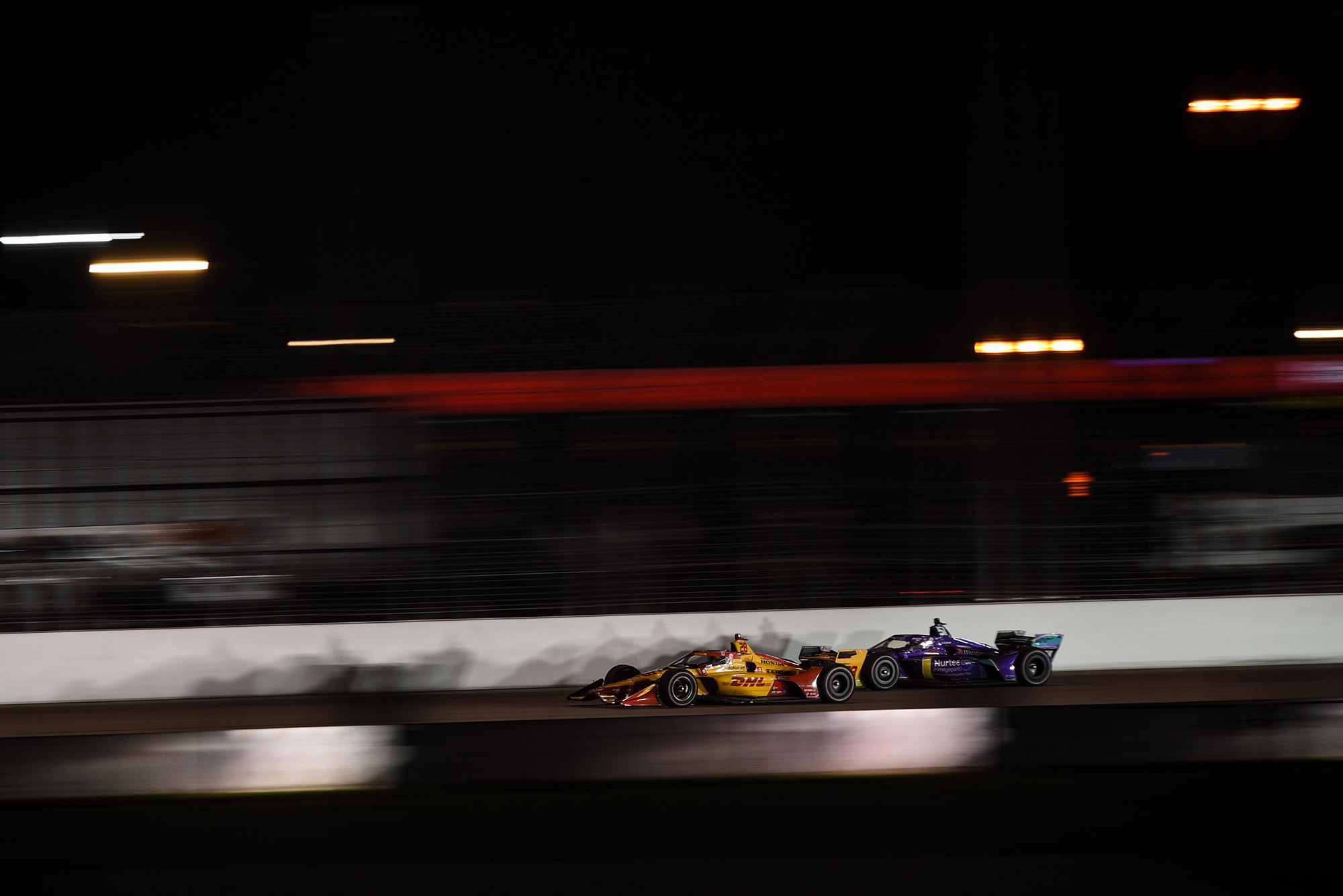
Single-seater oval racing in the 21st century has been on an aero configuration tightrope. Get things wrong and you might end up with turgid processional racing. Or absolutely wild racing that’s permanently on the cusp of a lethal outcome. The ideal middle ground is elusive. Achieving an aero provision that allows for safe but close open-wheel oval racing is incredibly difficult.
So with ovals coming across as either boring or unsafe, and IndyCar/CART’s war with itself opening the door for oval-heavy NASCAR to walk into utter domination of the American motorsport scene in the 2000s, it’s no surprise that the number of ovals on the calendar dwindled after a fall in attendance at them (sparsely attended oval grandstands are very conspicuous) or that there’s no easy answer on how to change that or if it’s even preferable to.
As O’Ward points out, it does reduce an element sceptics might bash IndyCar with. But it also weakens one of the series’ key selling points.
Does it just need a Drive to Survive?
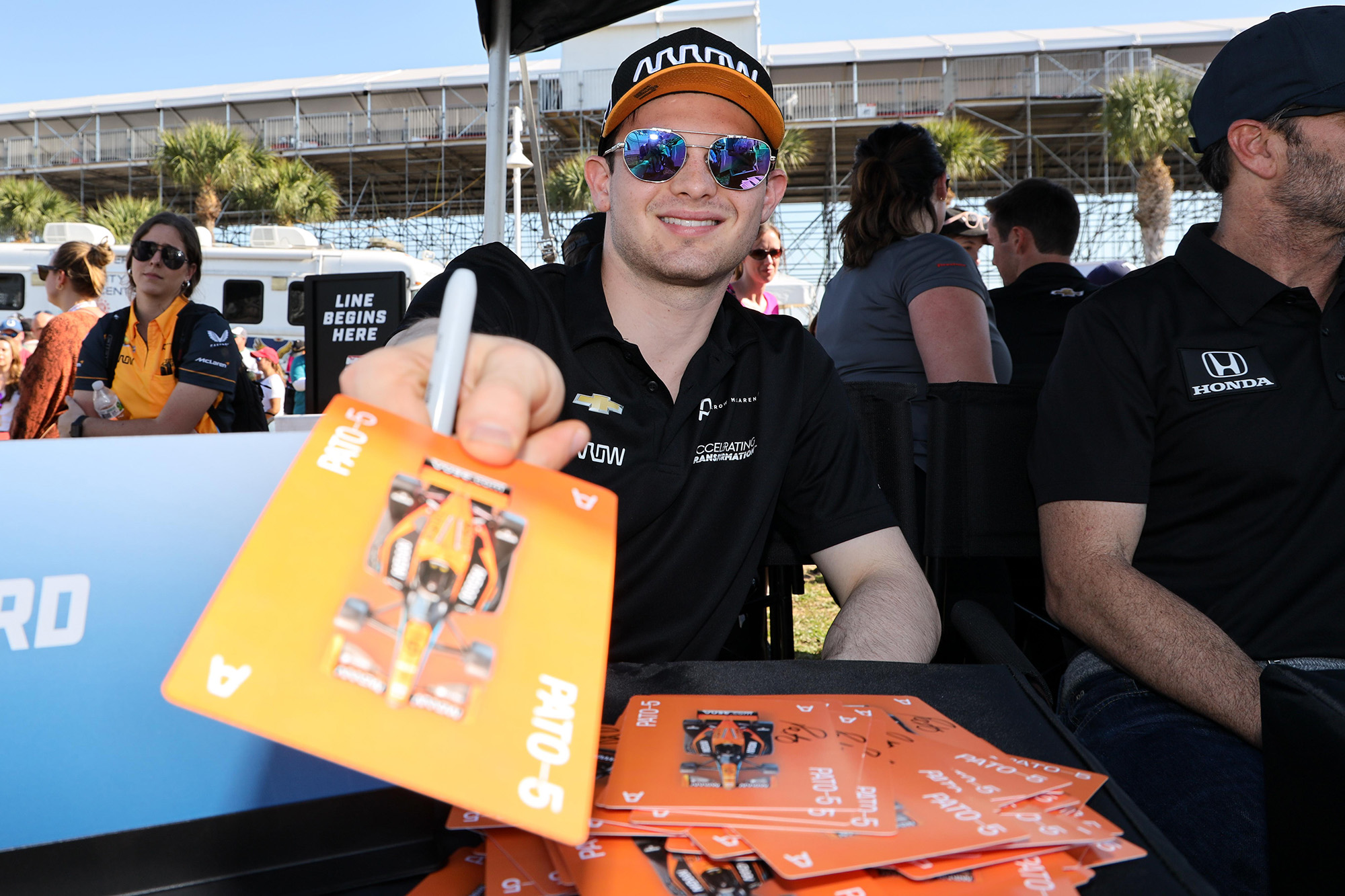
This is where O’Ward really hit his stride in his conversation with The Race.
“That’s somewhere Formula 1 has absolutely excelled because as much as people love to say ‘Oh, I’m best friends with you know, Danny Ricc or Lando’, Drive to Survive have given them that connection, that human connection, that they now love and cherish and they want to go see them race.
“Because it’s kind of like watching Robert Downey Jr play Iron Man, you like the character and now you just automatically love the guy because he did such a great job playing him.
“The way that that F1 has done it is phenomenal. It’s transformed motor racing in America, specifically Formula 1. It is insane to see the difference of just the amount of people that know about it now. And a lot of young people, which is what you need.
“And I feel like we haven’t quite got that in IndyCar and that’s what we need. At the end of the day, you need to get more young people into it, because those are the people that are going to continue supporting you for decades.
“So I’m all about having our own Drive to Survive! I think it’d be very fun. And I think people would would enjoy seeing the different characters.
“But it has to be raw, and it has to be legit. It can’t be staged. What you see in Formula 1, you see raw emotion, people are themselves.
“And I feel like sometimes we miss that a little bit in IndyCar because they do say you have to be perfect. But I feel like what people enjoy is actually the imperfections that someone might have, because that’s your character. That is what makes you you.
“You see the human being behind it [in Drive to Survive]. Because at the end of the day, we’re not robots, everybody’s human. Everybody’s susceptible to making a mistake or saying something that they shouldn’t have.
“That’s what makes content at the end of the day. Why does America love watching Keeping Up With The Kardashians? Because of the drama! If there’s no drama, there’s no interest. There’s no entertainment at the end of the day.
“It’s like what I tell everybody: we’re the clowns in the circus, or we’re the animals in the zoo. We’re the entertainment that people come and watch.
“But if there’s really nothing to watch, we can’t always just focus on the racing product. I feel like IndyCar specifically has that down awesome, the racing product.
“But I feel like we’re missing the outside of that connection to the people. And that’s what we’ve all seen Formula 1 just shoot up to the stratosphere with. They’ve given everyone that connection outside of the car.
“So whether the racing is good or not, people are going to come watch the race because they come to watch their heroes, the guy that they’ve been watching in the in the movie theatre or in Netflix or whatever. And it’s just entertainment.”
As F1’s 2021 title rival became brutally ferocious, our American editor Jack Benyon held IndyCar up as a glowing example of how close on-track battles needn’t descend into partisan acrimony.
But is that as good for TV?
There’s no reason why it couldn’t be. IndyCar is full of real, fascinating, expressive and contrasting humans – as the battle and banter between Palou and O’Ward proved in 2021. If anything, its subtler character is even better territory for documentary than F1 2021 – where the on-track reality of Red Bull and Mercedes’ ill-tempered fight was high drama in plain sight that didn’t need much additional storytelling.
So yes, IndyCar is fertile turf for the ‘Netflix treatment’. But we’re about to find out if even a global series like MotoGP can get a similar boost from a streaming service documentary as it launches its Amazon Prime series. Is the casual audience appetite there for ‘Drive to Survive on two wheels’ or has F1 got there first so effectively that others in motorsport won’t be able to emulate it at all? It might be another step harder still for an IndyCar equivalent to break through to a wider audience.
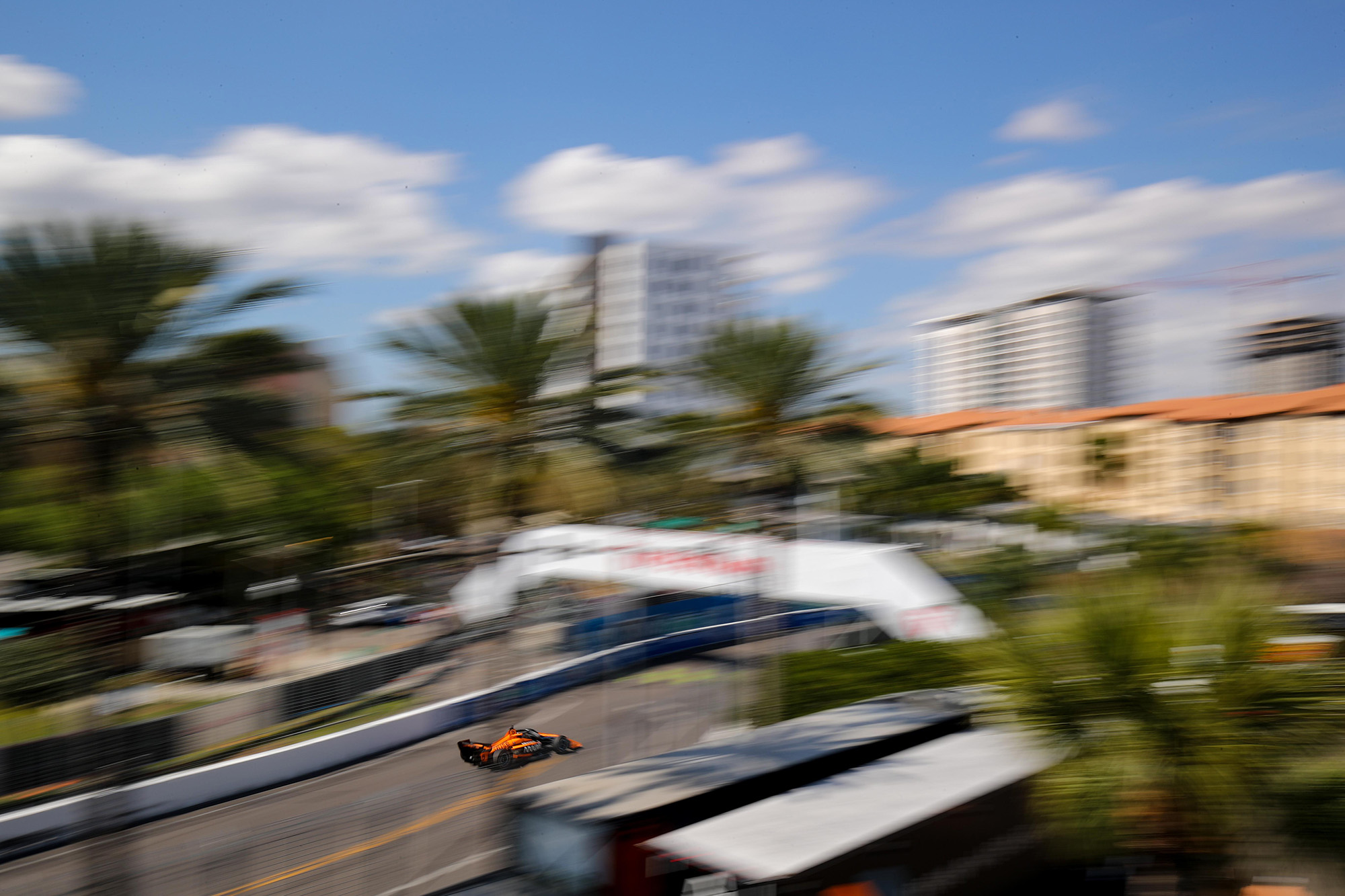
It’s all more evidence for O’Ward’s main theme. IndyCar is bursting with qualities that deserve a bigger audience. Yet all the time F1 exists, IndyCar’s chance of getting that kind of growth are slender.
The Race understands work has begun on an IndyCar docu-series, so at least the debate about whether it will work is set to move from hypothetical reality, although timeframes and details are sparse. Whether it soars or flops, expect O’Ward to be one of its stars.




